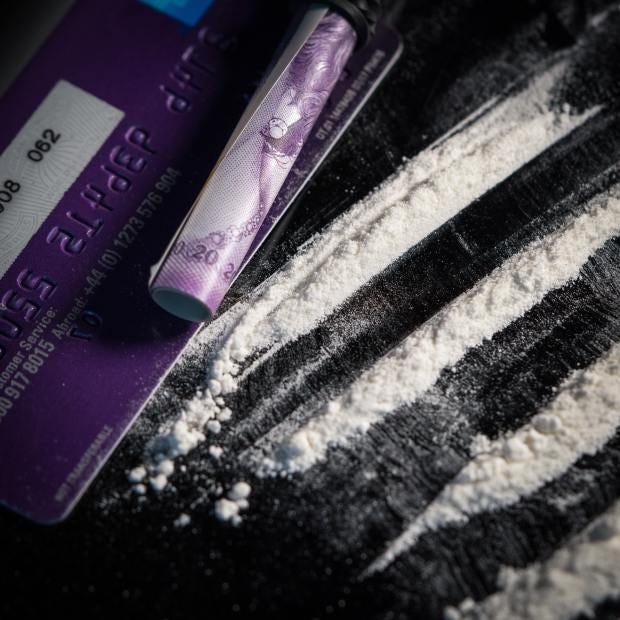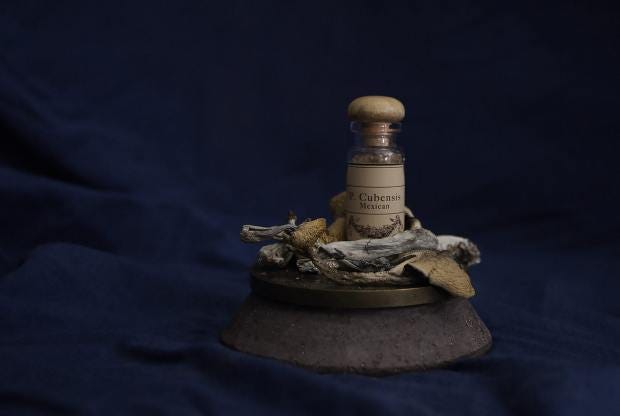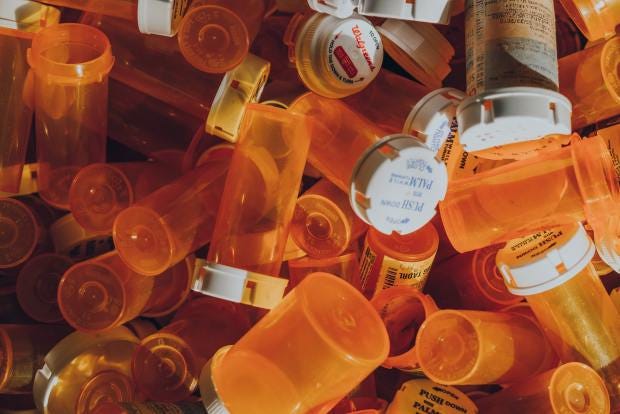Exploring the Positive Aspects of Illegal Drugs: A Different Perspective
Written on
Chapter 1: Understanding the Dual Nature of Drugs
When we think about drugs, they often come with a negative stigma. However, it's essential to recognize that not all drugs are harmful. Many substances, often classified as illegal, can offer significant advantages in various contexts that extend beyond mere recreational use. The classification of drugs as either illicit or medicinal is largely a product of legal definitions rather than their inherent qualities. In this discussion, we will delve into the positive attributes of several illegal drugs.
In the video "Why do people use legal and illegal substances? | Khan Academy," the complexities surrounding the reasons individuals turn to both legal and illegal drugs are explored, offering insights into their societal roles.
Section 1.1: The Benefits of Cannabis
Cannabis, commonly referred to as marijuana or pot, is perhaps one of the most recognized illegal substances. Classified as a Schedule 1 drug under federal law, its medicinal potential is increasingly acknowledged across various states.
Cannabis is frequently prescribed to alleviate chronic pain, as it can effectively block pain receptors. Additionally, it has been found beneficial for those suffering from depression and insomnia associated with chronic pain. Remarkably, cannabis has shown promise in reducing seizure frequency for individuals with epilepsy, as evidenced by numerous personal accounts.
Moreover, cancer patients have reported relief from chemotherapy-induced nausea when using cannabis. It also helps ease the anxiety that can accompany life-threatening illnesses. Furthermore, some states have approved cannabis for treating PTSD, providing calming effects to those in distress.

Section 1.2: The Medical Uses of Cocaine
Often associated with nightlife and parties, cocaine, a Schedule 2 drug, actually has notable medical applications. Although I do not advocate its recreational use, it serves as an effective topical anesthetic during various medical procedures, particularly in ear, nose, and throat surgeries.
Cocaine's analgesic properties also aid in pain management, and it may be included in treatments for terminally ill patients.

Chapter 2: Unveiling Other Illegal Substances with Benefits
The second video, "5 Illegal Drugs With Medicinal Benefits," discusses several illegal drugs that possess therapeutic properties, shedding light on their unexpected uses in healthcare.
Section 2.1: The Role of Opium
Derived from poppies, opium is another Schedule 2 drug that serves as a potent pain reliever, exemplified by its derivative, morphine, widely used in surgical procedures. Beyond physical pain, opium is culturally significant in some regions, where it is used to alleviate emotional suffering, such as during mourning rituals.

Section 2.2: The Potential of Ketamine
Initially developed as an anesthetic, ketamine is now recognized for its ability to treat severe mental health conditions. Its unique mechanism allows it to be administered without affecting heart rate or breathing, making it invaluable in urgent medical situations.
Furthermore, ketamine has demonstrated effectiveness in addressing suicidal thoughts through its dissociative effects.

Section 2.3: The Impact of LSD and MDMA
LSD, or Lysergic acid diethylamide, was once a prominent subject in psychotherapy research before the crackdown on drugs began. It has shown potential in treating various mental health disorders, including depression and PTSD.
MDMA, known as Molly or Ecstasy, is primarily recognized for its recreational use but has recently gained attention for its effectiveness in PTSD therapy. Studies indicate that a significant percentage of participants experience lasting relief after treatment with MDMA.


Section 2.4: Exploring Psilocybin and Beyond
Research into psilocybin, the active compound in magic mushrooms, has shown promising results in treating depression, anxiety, and addiction. In one study, a remarkable percentage of participants quit smoking after receiving psilocybin treatment.
Other substances, like methamphetamine and mescaline, also have legitimate medical uses despite their notorious reputations. For instance, methamphetamine is prescribed for ADHD under the name Desoxyn, while mescaline has cultural significance in Native American rituals.



Conclusion: Reevaluating Perspectives on Illegal Drugs
In conclusion, this exploration underscores the complex relationship between illegal drugs and their potential benefits. As our understanding of these substances evolves, it’s crucial to reevaluate preconceived notions about their safety and efficacy. If you found this information insightful, consider following my work for more discussions on this topic.